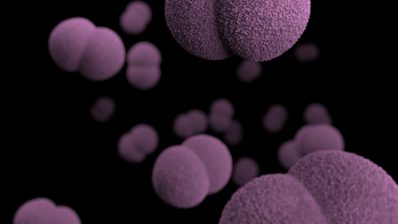When the lab had to close due to the Covid-19 pandemic, the brains of two researchers at the Vikas Trivedi lab at European Molecular Biology Laboratory – Barcelona (EMBL Barcelona) started to think laterally.
“We decided to take the time to analyse the huge amount of images from organoids we had from our previous experiments”, says Nicola Gritti, a postdoc in the lab. “And we re needed a tool to have a graphical overview of their biological results and easily share them with each other”, adds PhD student Jia Le Lim.
This is how, during lockdown, the two colleagues at the Trivedi lab developed MOrgAna, an open-source software that uses machine learning to analyse images of organoids and extract the cellular components from an image.
MOrgAna is easy and free to use by anyone, even without programming experience; it is modular, open and collaborative, so it can be customized and integrated into other image analysis pipelines. It can analyse different types of images taken with a variety of microscopes. And because of its use of machine learning, MOrgAna is a better tool than existing ones. It’s able to capture complex morphological features of organoids, learning to classify the pixels in an image into background, organoid, and organoid edge.
Gritti N., Lim JL., et al. MOrgAna: accessible quantitative analysis of organoids with machine learning. Development, 8 September 2021 10.1242/dev.199611






